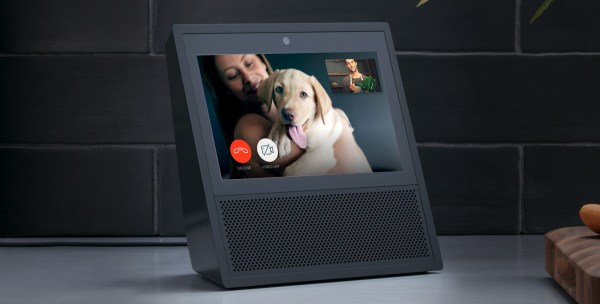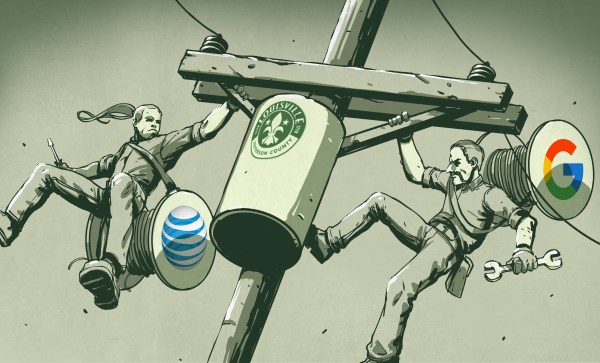The AT&T 3B2 series of computers are historically significant, being the main porting platform for System V Release 3 UNIX. Unfortunately, the documentation for these computers has been nearly lost to the sands of time. They are, however, architecturally interesting machines, and [Seth Morabito] has been working for some time on reverse engineering them. Now, [Seth] is calling it: his AT&T 3B2/400 emulator is almost complete, resurrecting an ancient machine from the dead by studying UNIX source code.
The architecture of this computer is unlike anything you’ve seen before, but well-suited to a UNIX machine. The chipset is built around the WE32100 manufactured by Western Electric, and includes a WE32101 MMU for all the fancy memory-mapped I/O. The implementation of this computer is fairly complex, with oodles of glue logic, over a dozen PALs, and various support chips for a PLL and DRAM controllers. This is computer architecture the way it was intended: inscrutable, baroque, and with a lot of fancy custom chips.
The emulator for this system is a bit simpler: you can just download and run it with simh. This emulator simulates 1, 2, or 4MB of system memory, one 720KB floppy diskette, and either one or two 30MB, 72MB, or 161MB MFM hard disk drives. Not everything is implemented so far — [Seth] is still working on an 8-port serial card and a network card — but this is a minimum viable system for developing and analyzing the history of UNIX.


















